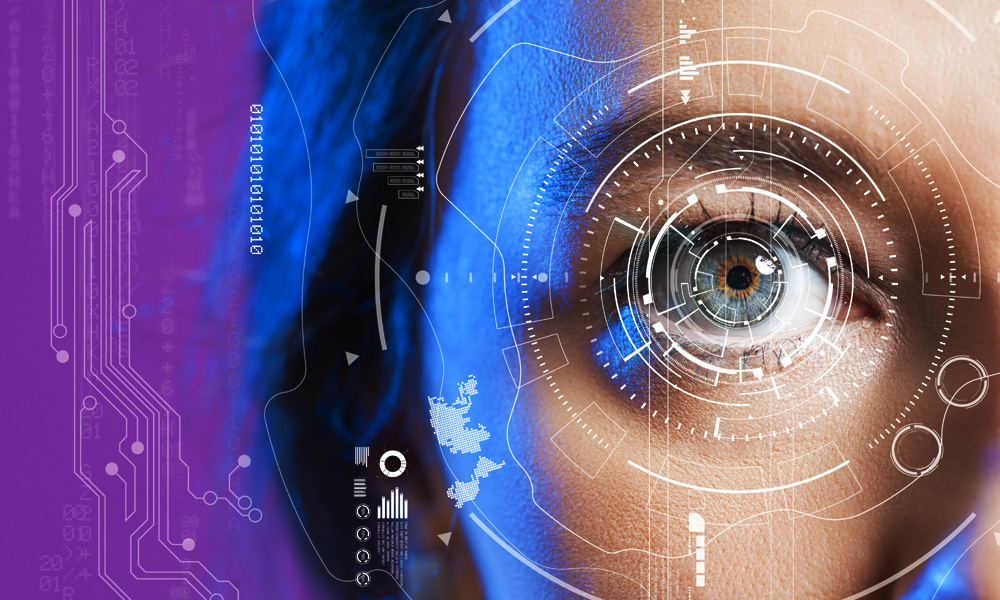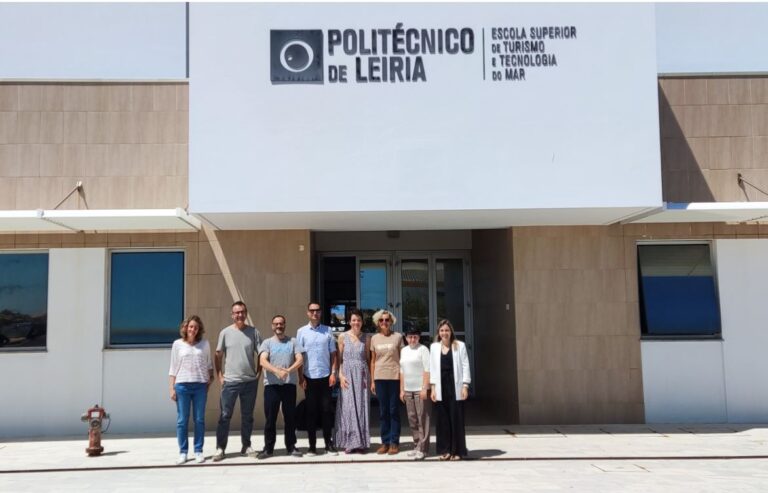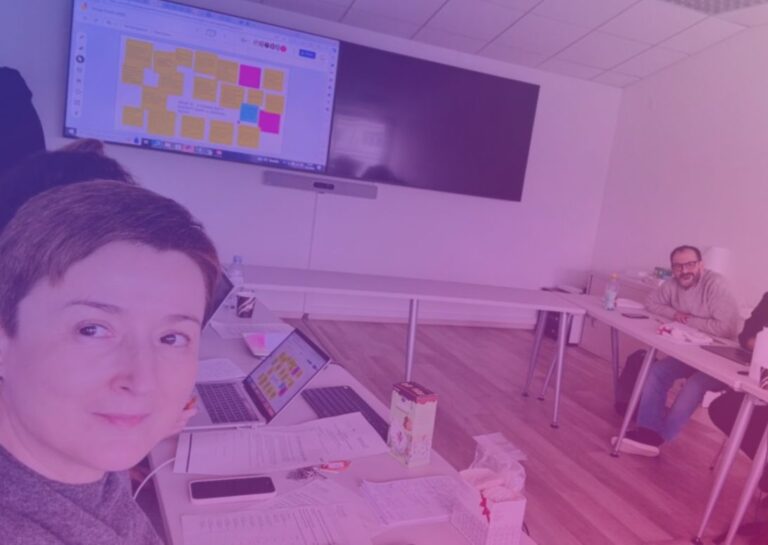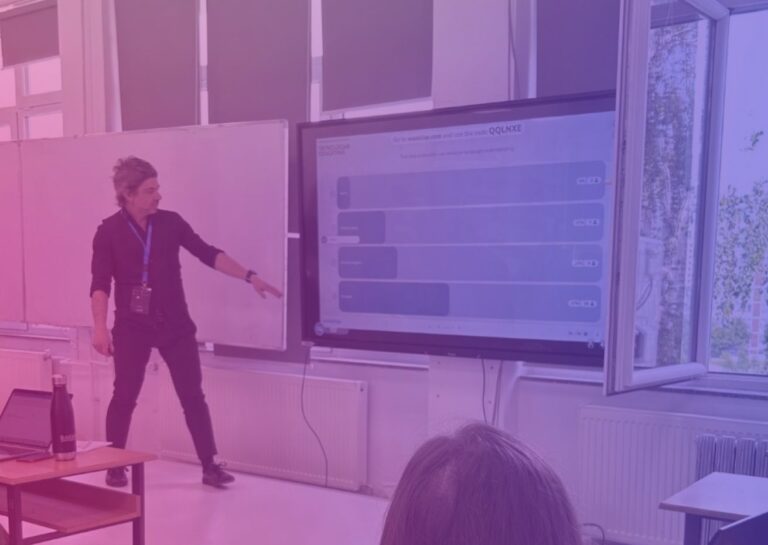NEW:
Watch our animations about future language technologies, and enter our big survey!
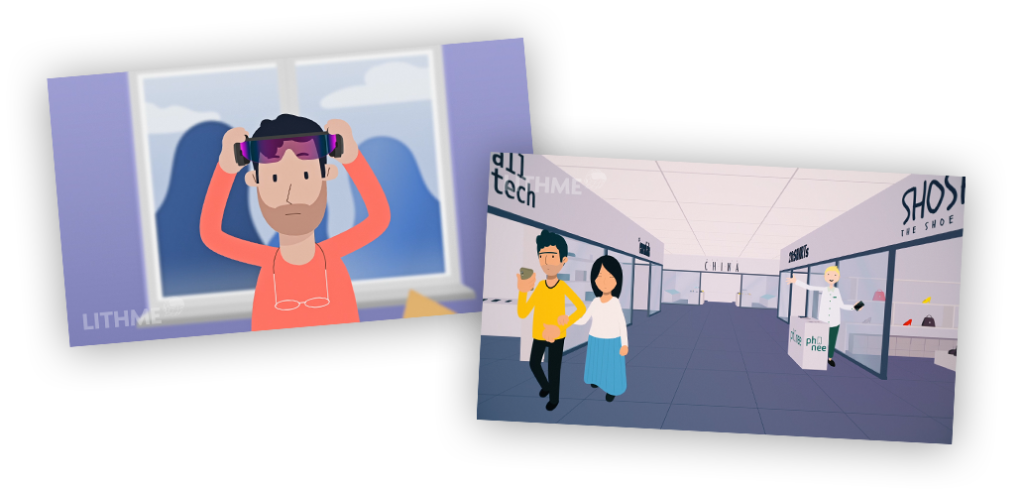
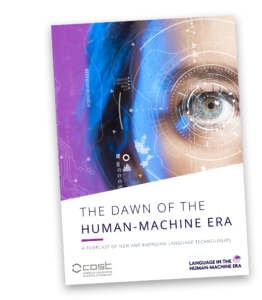
To find out more about the future technologies in our animations, take a look at our open access forecast report
Language In The Human-Machine Era: the final report
TLDR: we nailed it! After four years of intensive collaboration across Europe and beyond, we’re delighted to…
WG5 final workshop in Peniche
The last WG5 Workshop of the Action was held in Peniche – ESTM (School of Tourism and…
Report from the final LITHME Training school at the University of Hradec Králové
The fourth (and very last!) LITHME training school took place between the 27th and 31st of May in the…
Working group 3 chair interview: LITHME is a playground for curious minds
Who are you, where do you work and what are your current research interests? Angela Soltan I…
Working group 2 chair interview: New pathways for research activities
Who are you, where do you work and what are your current research interests? Dorka Balogh I…
Working group 1 chair interview: Rui Sousa-Silva & Henrique Lopez in the spotlight
Who are you, where do you work and what are your current research interests? Rui Sousa-Silva I…
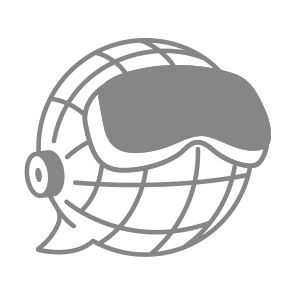
What is LITHME?
LITHME is a COST Action network with members from every EU member state, plus a number of other countries outside the EU. Action chair: Dave Sayers (University of Jyväskylä). Our focus is the emergence of new types of language technology that mark a shift from the digital era to the human-machine era.
Human-machine language interfaces involve two very specific phenomena: 1) speaking* through technology (our language being fully augmented by technology, so that there is no direct ‘view’ of the interlocutor’s language other than the augmented version, e.g. Heygen); and 2) speaking to technology (humans having long and substantial conversations with intelligent chatbots, in various styles, registers and emotions, e.g. doi.org/10.1155/2022/9601630). For more detail of the likely evolution of these technologies, see the LITHME forecast report.
*By speaking we mean sign as well as speech; but it is important to note that language technology is progressing significantly more slowly for sign than speech, as we note in the forecast report and in one of our animations.
Our aims
- To prepare language researchers for what is coming;
- To facilitate longer term dialogue between linguists and technology developers.
How will pervasive human-machine language interfaces affect language in areas such as international law, translation, and other forms of language work? What will this mean for how people identify with specific languages? Could increasing reliance on real-time language technologies actually change the structure of language? Longer term, could developments in brain-machine interfaces serve to complement or even supersede language altogether? Linguistics will be far stronger for robust technological foresight, while developers will benefit from better understanding potential linguistic and societal consequences of their creations.
Meanwhile LITHME will shine a light on the ethical implications of emerging language technologies. Inequality of access to technologies, questions of privacy and security, new vectors for deception and crime; these and other critical issues would be kept to the fore. LITHME will equip linguists and stakeholders for the human-machine era.


